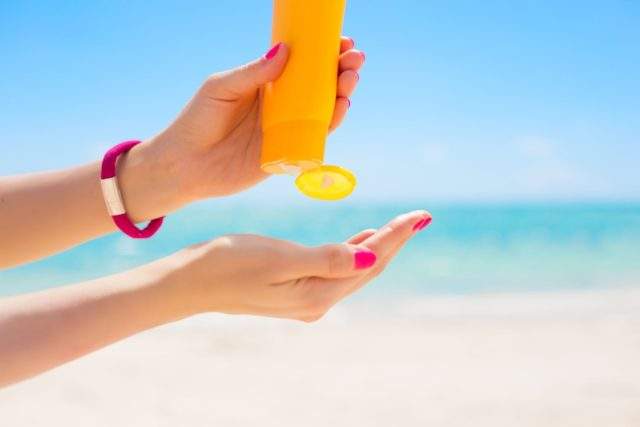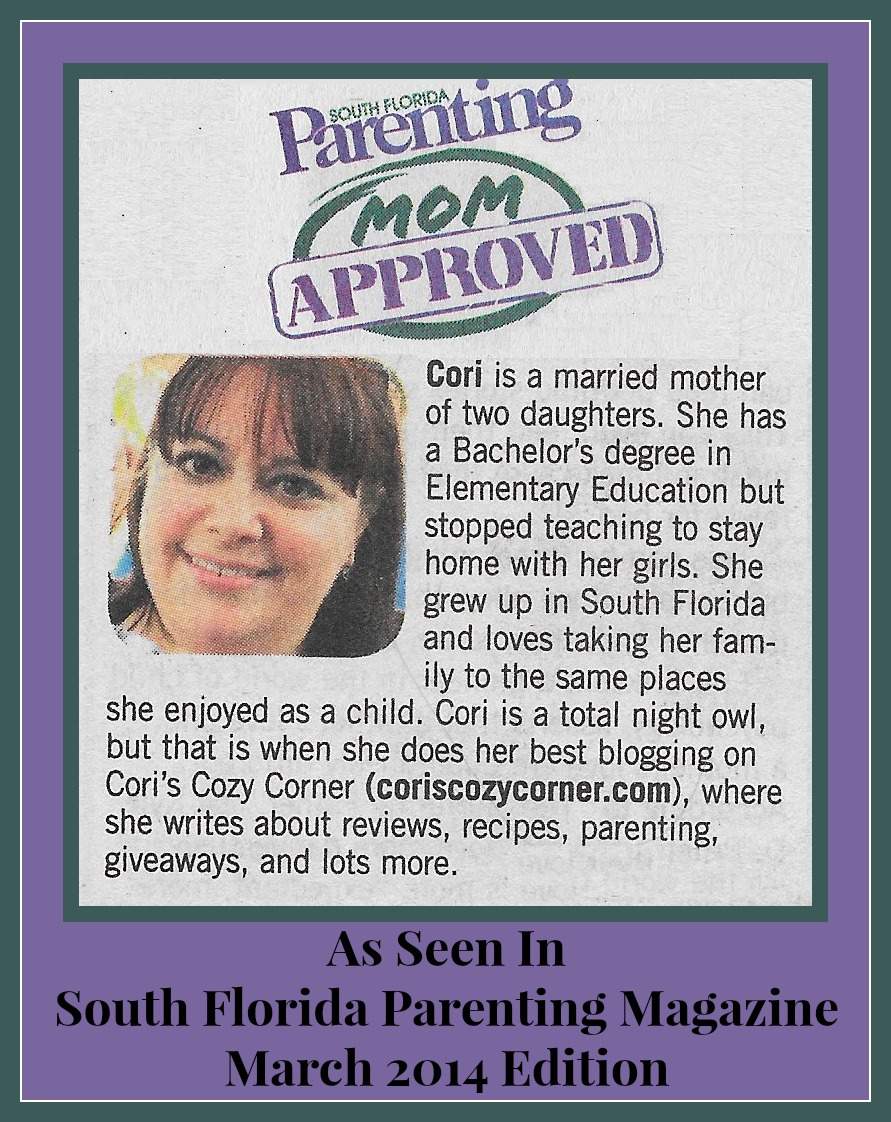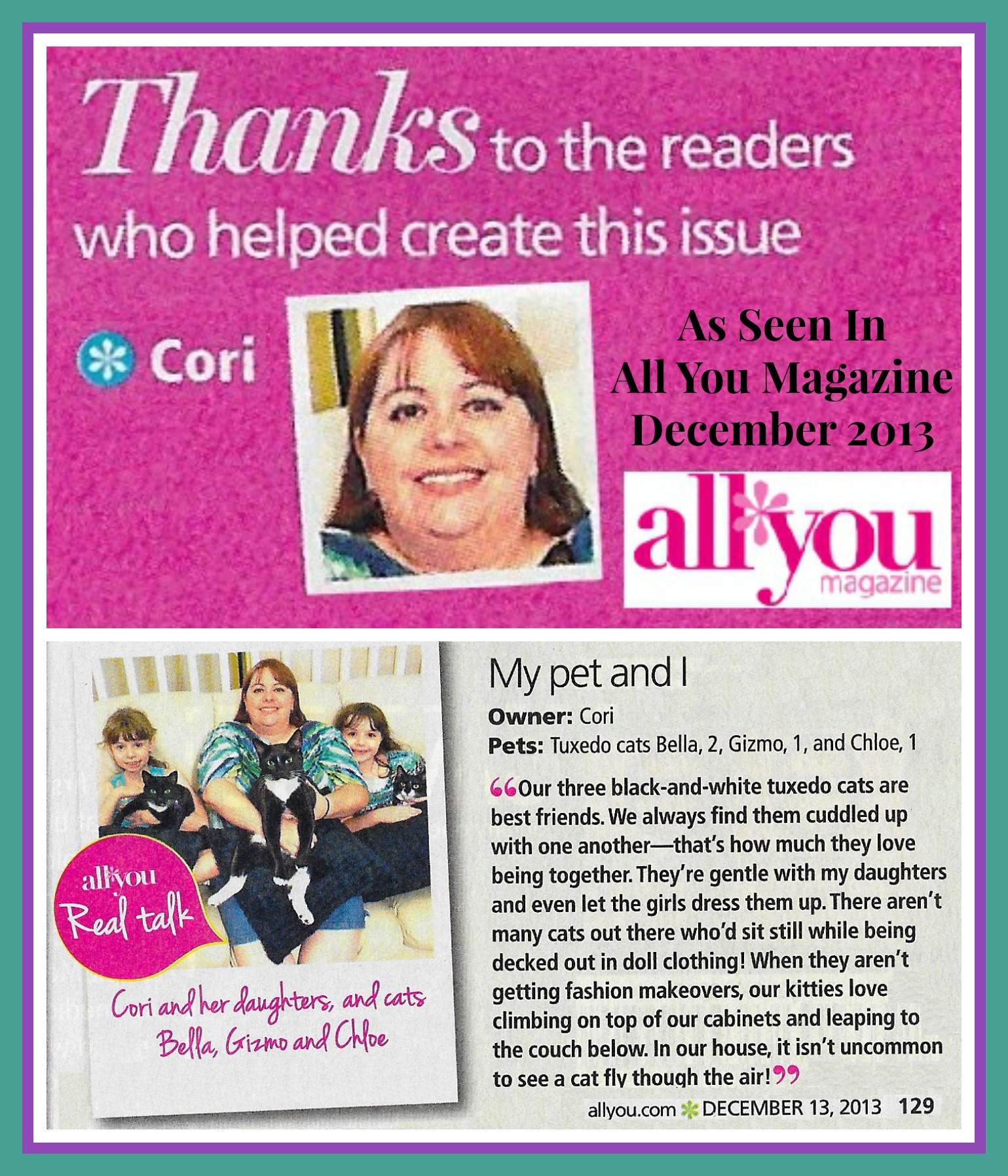Nothing will ruin the summer mood faster than sun damage. Before you have your fun in the sun this season, make sure you’ve done your sun safety research! Just keep reading; you’ll be an expert in five minutes.
 UVA vs UVB
UVA vs UVB
We all know that the sun’s Ultraviolet rays are damaging, but we rarely talk about why. The sun is so strong that it emits radioactivity, in slightly different frequencies. There are two crucial types of UV rays that deal different levels of damage to our skin: UVA and UVB.
UVB rays penetrate close to the skin’s surface. They’re the ones giving you sunburns, freckles, and moles. Most sunscreens focus on protecting against UVB rays alone, without consideration for UVA damage. UVA rays penetrate deeper into the dermis, and are stronger and more damaging long-term. They cause premature aging and wrinkles, and can ultimately lead to various types of skin cancer. Both types of UV rays should be mindfully addressed. You just have to know how to read your sunscreen bottle—and don the appropriate SPF clothing.
SPF vs PA
It’s not all about SPF! SPF (sun protection factor) only protects against UVB rays, and will block the rays differently depending on the sunscreen’s active ingredients. To make matters more confusing, even the numbers probably don’t mean what you think they mean. The SPF number dictates how long a person’s skin will take to begin turning red, as well as what percentage of UVB rays it blocks. A sunscreen labeled “SPF 30” will reasonably protect you for 2-3 hours, and blocks about 97% of UVB rays. SPF 45 will block about 98%; experts generally say there’s not usually a need to go any higher than 45, and that instead you reapply a lower SPF every 2 hours or so.
So, how do you know if your sunscreen protects against UVA rays? Conventionally, if the two keywords “broad spectrum” were on your bottle, that meant the sunscreen had vague UVA protection. It’s currently becoming more and more common to see a new metric to indicate UVA protection, in addition to SPF levels. The trend started in Japan, but is now a global metric labeled as a PA value (protection grade of UVA rays). The amount of protection is indicated by plus signs, so PA+ will have some UVA protection, while PA+++ will have more.
At the very least, you should be using a sunscreen that protects from both UVA and UVB rays. A great middle-ground to aim for would be “broad spectrum, SPF 30,” but having a specific PA value is even better.
 Chemical vs Mineral Ingredients
Chemical vs Mineral Ingredients
With many aspects of life, there is often a healthy solution and a cheap solution. The sunscreen world is no different. The price of your sunscreen is mostly influenced by its active ingredients, and whether they block the sun’s rays chemically or physically.
Most sunscreens under $30 rely on chemicals to block the sun, the most common of which are oxybenzone and octinoxate. These chemicals are so damaging to the ocean and marine life, that the state of Hawaii has recently banned sunscreens containing them. Just think, what might these chemicals be doing to our faces and bodies if they are so toxic to the ocean?
It goes without saying that we strongly recommend a sunscreen without oxybenzone. Ditching the chemicals means the sunscreen uses natural mineral ingredients to block the sun with a physical barrier. The most common active mineral ingredients are zinc oxide and titanium dioxide, both of which protect against UVA and UVB at the same time. Mineral sunscreens are better for your skin, better for our oceans, and they reduce your risk of skin cancer. Need I say any more?
Don’t Forget your Hair and Nails!
Finding the right sunscreen isn’t the only important sun safety lesson. At a minimum, too much UVA exposure to your nails can turn them yellow. At a maximum, you can actually get skin cancer under them (it will look like a brown line from the bed to the tip). The simplest fix is to keep your nails painted throughout the summer, and always make sure to give your hands a good slathering whenever you’re reapplying sunscreen.
As for your hair, be aware of the exposure you’re getting. We all want those light and sun-kissed highlights. Just make sure that you’re using a quality conditioner (look for keywords like “sun protection” or “damage repair”). This is especially vital if you have professionally colored hair. Too much sun exposure can turn lightened hair brassy and orange without proper maintenance. Listen, just keep a ball cap in your purse or something. Work smart, not hard, you know?
Be proactive and intentional about your time in the sun, and you’ll find yourself enjoying the rays more than ever. Soak up the sun all you want, just wear high-quality sunscreen, and maybe get a manicure.





